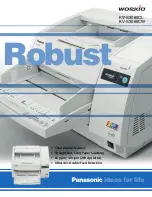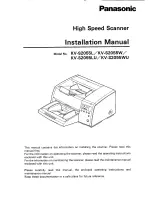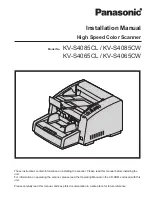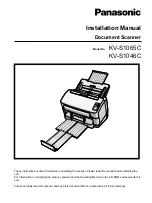
RTS/CTS Option 1
: If you select RTS/CTS Option 1, the digital scanner asserts
RTS before transmitting and ignores the state of CTS. The scanner de-asserts
RTS when the transmission completes.
RTS/CTS Option 2
: If you select Option 2, RTS is always high or low
(user-programmed logic level). However, the digital scanner waits for CTS to be
asserted before transmitting data. If CTS is not asserted within Host Serial
Response Time-out (default), the scanner issues an error indication and
discards the data.
RTS/CTS Option 3
: If you select Option 3, the digital scanner asserts RTS prior
to any data transmission, regardless of the state of CTS. The scanner waits up
to Host Serial Response Time-out (default) for CTS to be asserted. If CTS is not
asserted during this time, the scanner issues an error indication and discards
the data. The digital scanner de-asserts RTS when transmission is complete.
Software Handshaking
This parameter offers control of the data transmission process in addition to, or
instead of that offered by hardware handshaking. There are five options.
If software handshaking and hardware handshaking are both enabled, hardware
handshaking takes precedence.
None
: Select this to transmit data immediately. The digital scanner expects no
response from the host.
ACK/NAK
: If you select this option, after transmitting data, the digital scanner
expects either an ACK or NAK response from the host. When it receives a NAK,
the scanner transmits the same data again and waits for either an ACK or NAK.
After three unsuccessful attempts to send data after receiving NAKs, the digital
scanner issues an error indication and discards the data.
The digital scanner waits up to the programmable Host Serial Response
Time-out to receive an ACK or NAK. If the scanner does not get a response in
this time, it issues an error indication and discards the data. There are no retries
21
Copyright 2013 Unitech Electronics Co., Ltd. All rights reserved. Unitech is a registered trademark of Unitech Electronics Co., Ltd.
















































